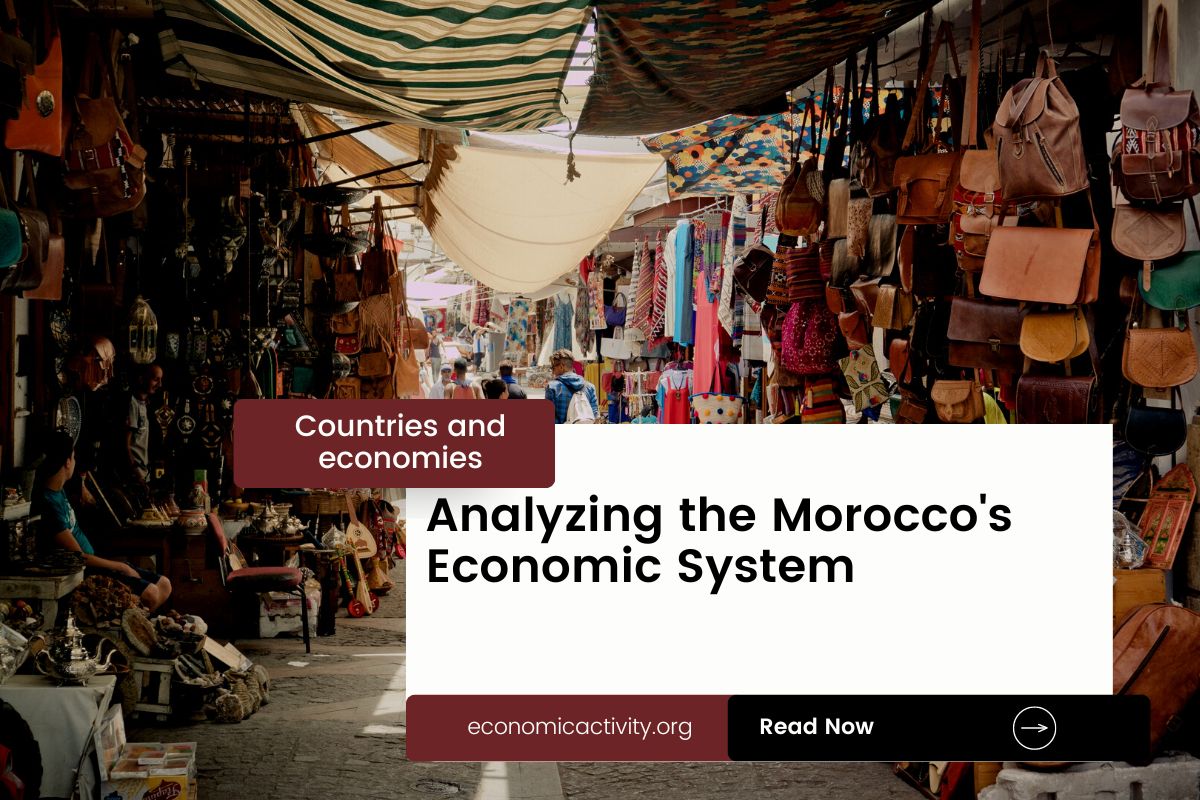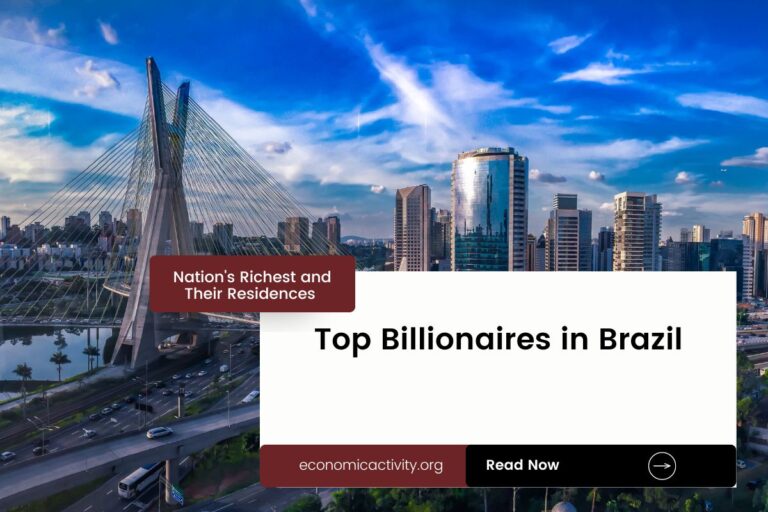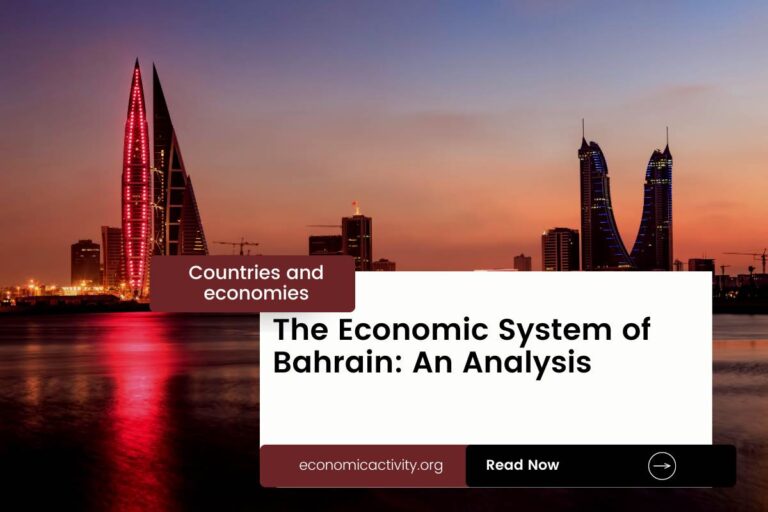What is the economic system of Morocco? The economy of Morocco is based on a mixed economy. The country’s economic system combines elements of a market economy and a planned economy.
Morocco’s economy is diversified, with agriculture, mining, manufacturing, and tourism being major sectors. It has a growing automotive industry and is a major exporter of phosphates.
In Morocco, the economy is composed of a private sector, consisting of individuals and businesses that make autonomous decisions based on self-interest, and a public sector, where the state determines the production and distribution of certain goods and services. No country is purely capitalist or purely communist.
What do the freedom indexes tell about the economic system of Morocco?
Now, to determine if a country is mostly a market economy or a planned economy, it is useful to examine some economic indexes. For instance, according to the 2022 Index of Economic Freedom, which measures the ability of every human to control his own labor and property, Morocco is ranked 97th globally and 6th in the Middle East and North Africa indicating that the country has a mostly unfree economy.
In a similar way, the 2022 Freedom House index evaluates the state of political rights and civil liberties globally. Generally, market economies tend to align more with democracy and freedom, while command economies tend to be characterized by greater state control and fewer democratic and civil liberty protections. Morocco gets a score of 37/100, which qualifies it as Partly Free.
Morocco is considered to have a government that does not control what people do, and people can make their own economic decisions, but it is only considered an electoral democracy, lacking full liberal democratic protections.
The Link Between Public Sector Employment and the Economic System of Morocco
An indicator of the extent to which the State is involved in the economy is the number of public sector employees. In Morocco, according to ILOSTAT, the number of public sector employees as a percentage of the total workforce is 8.7% (2021). In the country’s mixed economy, the number of public sector employees as a percentage of the total workforce varies based on the specific policies and practices adopted by the State.
Some economic activities are left to the private sector while others are under government control. The bigger the public sector the closer is the economy to being a command economy.
What do the biggest companies in Morocco say about the country’s economic system?
The biggest company in Morocco should also be looked at, as well as whether it is a state-owned or private company. In this case, Telecoms is a leading telecoms provider offering mobile, fixed-line, internet, and TV services. The company is mostly owned by the government.
| Government of United Arab Emirates | 465,940,477 | 53.0% |
| Government of Morocco | 193,400,975 | 22.0% |
| BlackRock Fund Advisors | 1,697,205 | 0.19% |
| Legal & General Investment Management Ltd. | 723,358 | 0.082% |
Morocco’s private sector industries include agriculture, tourism, and textiles, while the public sector industries include energy, transportation, and telecommunications.
The historical factors that have influenced the economic system of Morocco
The current mixed economy system of Morocco is the result of the country’s colonial history, its economic liberalization policies, and its efforts to diversify its economy.
Colonialism left Morocco with a legacy of unequal economic development, while economic liberalization policies have opened the country to foreign investment and increased competition.
Additionally, Morocco has sought to diversify its economy by investing in sectors such as tourism, agriculture, and manufacturing. These factors have all contributed to the current mixed economy system of Morocco.




Leave a Reply